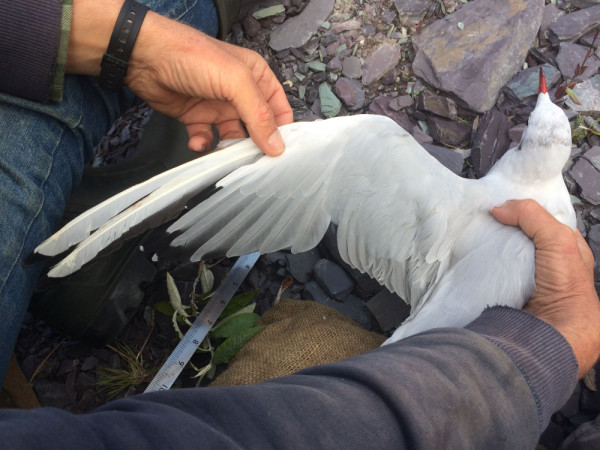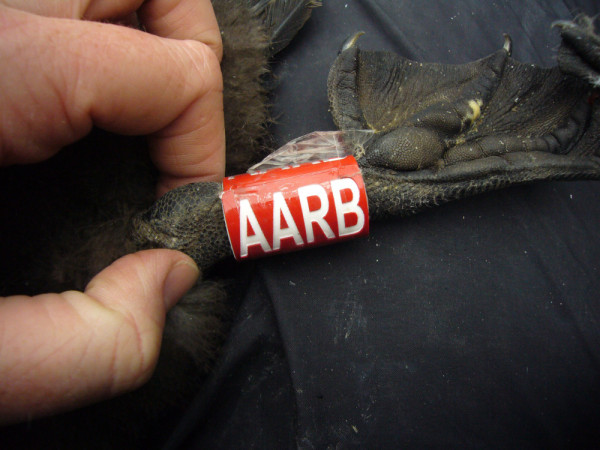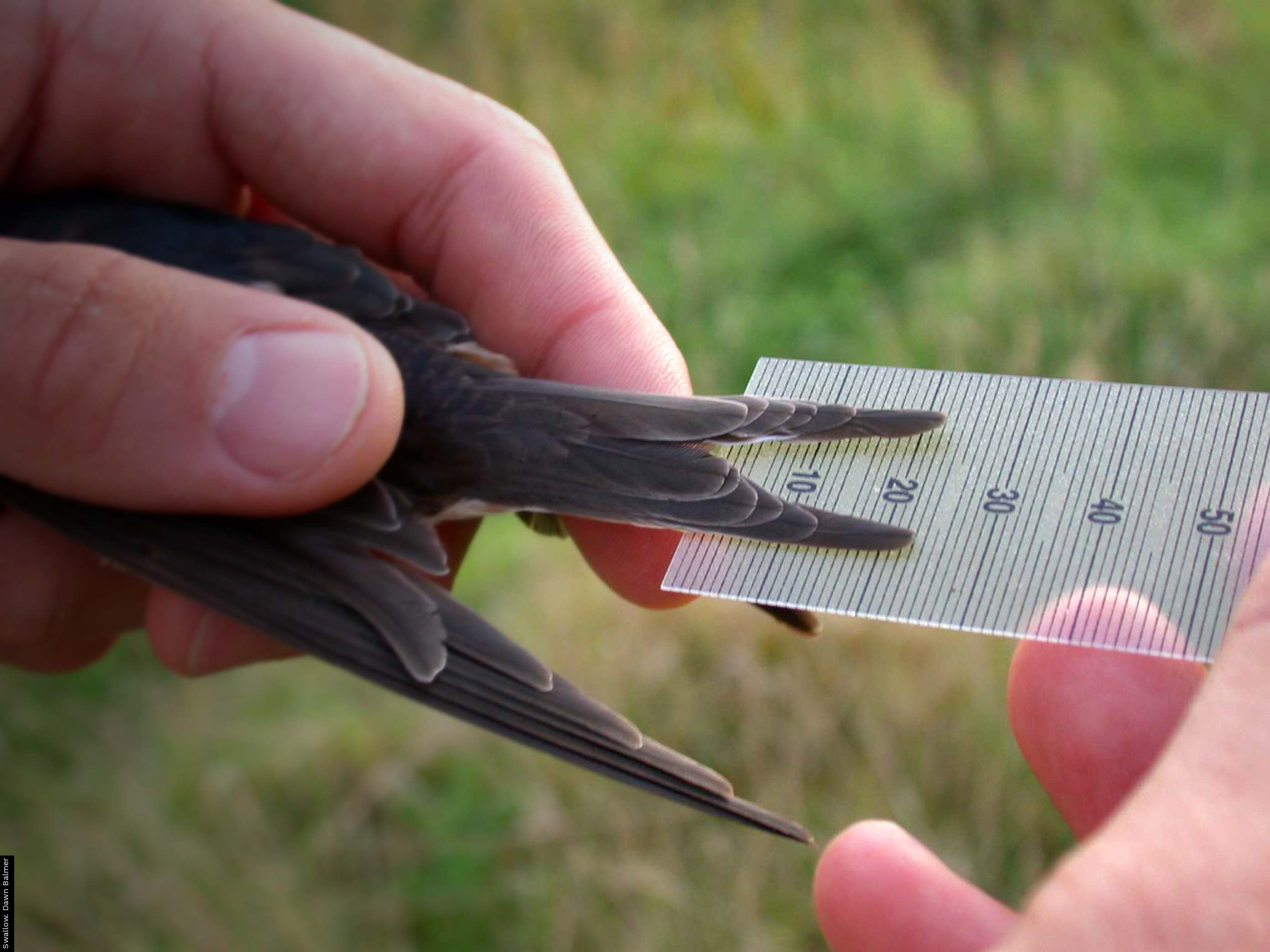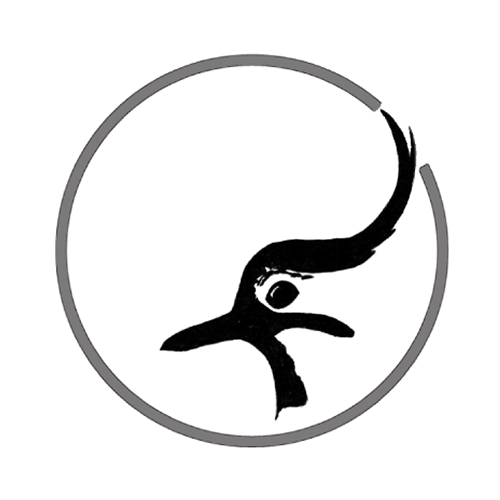Designing and managing a seabird project

What key data do you want to collect?
As with all ringing, it is a good idea to ask yourself why you are starting a project before you do so. What are you looking to learn from your project? How can you maximise the usefulness of the data you are collecting? Can you collect any additional data that might benefit other researchers? How long does your project need to run for to answer your research question? Can you answer your questions by just using metal rings or do you need to consider colour marks or tracking devices? If you are using colour marks, have you considered how you will collect resightings?
There are a variety of additional biometric measurements which BTO recommend taking if there is sufficient time during normal ringing procedures. These relate to a wide range of species, including 11 seabirds, and can help with ageing or sexing birds or allocating individuals to a specific race. The list of additional biometric measurements that you are encouraged to collect is available here.
Some landowners or site managers (RSPB being one example) will require a detailed project proposal before allowing you to ring at the site, so you should have at least thought about these questions before approaching a landowner for access permission.
Designing your project
It is likely that if you are thinking about starting a new seabird ringing project that you are already familiar with the species and, quite probably, also the population you want to study. You probably already have an idea of how you will catch the birds and what time of year you will catch them, but have you considered whether you will ring adults and chicks (if catching in the breeding season) or just one or other? For some species, catching the chicks will be a lot easier than catching adults.
Another thing to consider prior to starting a project is how best to gather re-encounter data. Is your species site faithful? Will they return to the same breeding location within the site and will you be visiting regularly enough to be able to collect sufficient data through recaptures? If the answer to these questions is yes, then purely adding metal rings might provide you with sufficient data to answer your questions, providing you can catch the adults more than once that is.
If your species is wise enough to avoid being recaptured, or you are interested in learning more about their movements outside of the breeding season for instance, you might want to think about adding colour marks (rings or engraved flags). Again, you will need to decide which birds you plan to add colour marks to however. If your study species has a high chick mortality rate, or if the chicks have a high dispersal rate and are not faithful to their natal site, colour ringing the chicks is likely to be a waste of your time and money (colour rings and flags aren’t cheap!) and it will encumber the chicks with colour marks that won’t be generating any useful data. In this scenario, it would be better to colour mark only the breeding adults (providing they are faithful to their breeding sites between years of course).
If your study species is gregarious and likely to be visible to members of the public (or site wardens), then adding colour marks allows others to help with collecting sight records but you should never rely on this option unless you have some very dedicated colour-mark resighters who are willing to spend the time gathering records for you. It would be very unwise to start a colour-marking project without a resighting plan in place. If you, or your team, can’t commit to collecting colour-mark resightings yourselves, it would be better not to use them. If you run a colour-mark project, it is also incumbent on you to commit to administering resightings from members of the public in a timely manner for as long as resightings are being reported.
You might be looking to design a project to answer a specific research question, such as identifying foraging locations or wintering sites for pelagic species, monitoring for how long and how deep a species dives for food or tracking migration routes in relation to obstacles such as wind turbines for example. For this type of project, tracking devices are likely to be the most effective method of gathering the information you want. There are many different devices and attachment techniques available and it is advisable to seek advice from either another ringer experienced in the use of such devices or the BTO Licensing Team (or both).
Information on how to register a colour-mark or Special Method project, and the licensing requirements needed to use these methods, can be found on the Seabird ringing licensing requirements page.

Project duration
Some seabird ringing can be time consuming and expensive and this can impact on the number of times, or the frequency with which, you will be able to visit your site. If you expect to only be able to visit once or twice, and there won’t be anyone else available to continue your project once you are no longer able to, you should seriously consider whether it is worth starting the project at all.
Seabirds are long-lived species and many don’t start breeding until they are three to five years old so it will take at least this long to start getting subsequent encounters of any chicks you ring. If you are trying to calculate survival rates, you will need a minimum of five years’ worth of data before you can produce any meaningful survival estimates. If you do not think you will be able to commit to studying your population for at least five years, it is probably not sensible to start a seabird ringing project unless you have a very specific, short-term goal in mind (you are simply looking to collect biometric or genetic data for instance).
Long-lived birds that are colour marked, have the potential to generate colour-ring sightings for many years (20 years plus in some cases), so you will need to have a plan in place for someone to administer any sightings from your project for as long as your birds are alive.
Succession planning
The longer a project runs for, the more useful the dataset is for identifying population trends. It is therefore worth considering from the outset, how your project is organised and whether someone else could take over the organisation and run it if you were unable to continue (short term or long term). For all projects, but particularly in relation to the more complex, expedition-style ringing trips, spreading out the organisation and responsibility for different elements between a few experienced ringers will help prevent one person shouldering the burden for the whole trip and will make it easier for others to pick up one element if someone is unavailable one year. This approach will also help to prevent burn out or one person feeling overwhelmed to the point that they no longer wish to run the trips. Encouraging ringers of varying ages to get involved in your project, and providing those that are keen to be involved long-term with the necessary training to take over aspects of the project organisation, will benefit the whole team and hopefully help to futureproof the project.
Retrapping Adults for Survival (RAS)
The Retrapping Adults for Survival (RAS) is a national ringing scheme that provides information on adult survival for a range of species. Seabird species make good RAS subjects as they are long-lived and, as colonial species, large numbers of breeding birds and chicks can potentially be located relatively easily. If your study will be active for at least five years (preferably much longer) and you will be visiting your site annually during the breeding season, it would be worth considering whether you can turn your project into a RAS. Contact ras [at] bto.org if you would like to discuss a potential RAS project.










Share this page